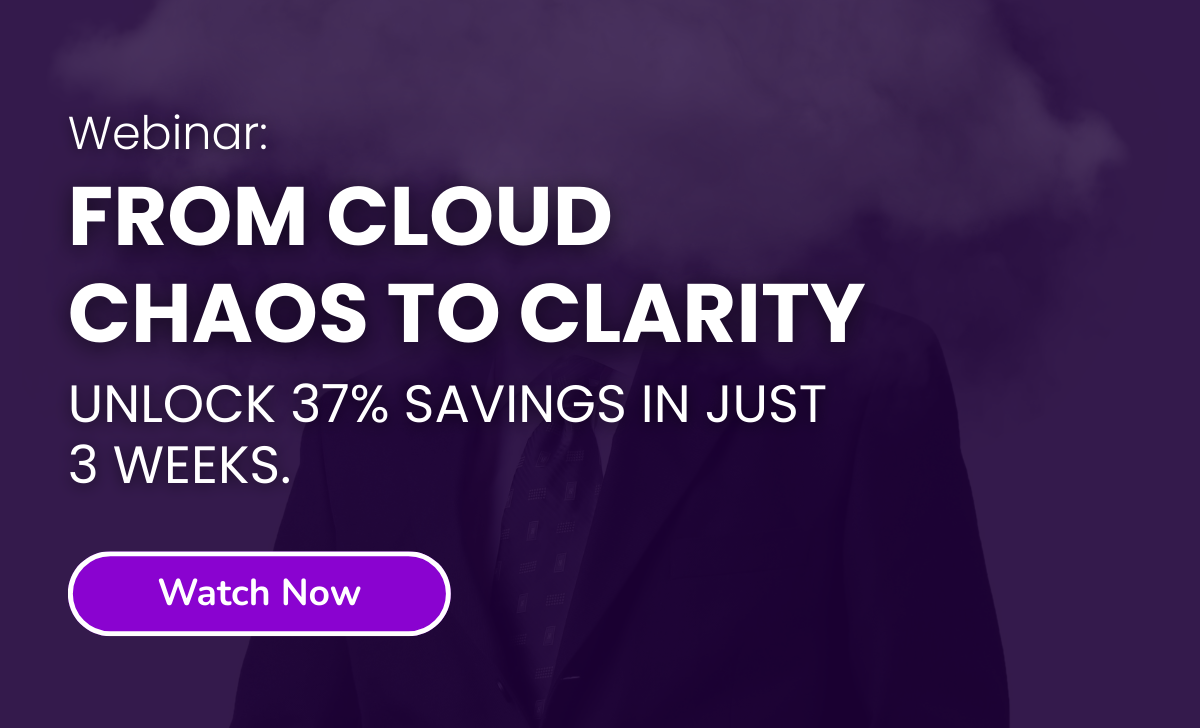Sustainable IT, one project at a time
Today, 22nd April 2024, is Earth Day. It’s 54 years since the first Earth Day, launched in the USA before that country had any regulations in place to protect the environment. Around the world, we have learned that we need to act collectively to manage our resources effectively. Even so, the facts, such as the report from the US government below, tell us that we are still working in a fundamentally unsustainable manner, and more work is needed to achieve this.
Consequently, businesses across all sectors are feeling the pressure to prioritise sustainability. With mounting regulations, increasing investor scrutiny, and growing consumer awareness, organisations must now consider the environmental, social, and governance (ESG) impact of their operations. But what does this mean for the world of software development?

Introducing the Sustainability by Design Framework
At Jumar, we've developed a simple methodology that helps our clients embed sustainable principles into their software development initiatives. We call it the "Sustainability by Design" framework, and it's designed to be flexible, adaptable, and relevant to businesses across all sectors.
So, what exactly is "Sustainability by Design"? Put simply, it means considering sustainability factors at every stage of the software development process, rather than treating sustainability as an afterthought, to be picked up by another team or person in the organisation.

In the business world we have already been through a similar learning process in terms of information security. The days where the issue of how we protect the data we manage were delegated to a few people dealing with computer infrastructure and audit are (largely) in the past. Common practice is now to consider information security a cultural issue that everyone has a responsibility to contribute to. We train employees to recognise good and bad practices and to report concerns. When it comes to technologists, we have recognised that “Security by Design”, where the control and management of data are considered throughout the software development process is far more effective than retrospective action, in terms of both cost and quality.
Likewise, by integrating sustainable principles from the outset of a project, organisations can create software solutions that are not only functionally robust but also environmentally friendly, socially inclusive, and ethically sound.
The Sustainability by Design framework consists of nine key components, each focusing on a different aspect of ESG:
- Security by Design: Ensuring software is secure and protects user data.
- Efficiency by Design: Optimising software to reduce energy consumption and carbon footprint.
- Accessibility by Design: Making software usable and accessible for people of all abilities.
- Privacy by Design: Protecting user privacy and complying with data protection regulations.
- Resilience by Design: Building software that can withstand disruptions and ensure business continuity.
- Inclusivity by Design: Considering diverse user needs and perspectives in software design.
- Ethics by Design: Embedding ethical principles into software decision-making processes.
- Innovation by Design: Fostering a culture of innovation to drive sustainable development.
- Measurability by Design: Establishing the metrics and reporting methods in the product that will be used to prove the success of the deliverable whilst in use.
The benefits of embracing Sustainability by Design
As stated previously, most organisations now have sustainability goals that are part of their corporate strategy. The question facing many managers in those organisations has been how they contribute to those goals in a consistent and meaningful way. The Jumar framework provides a way of looking at a software development or modernisation activity through the lens of those sustainability goals, and selecting relevant requirements or improvements that are aligned to them.
For example, imagine a financial services company that develops a new mobile banking app using the Sustainability by Design framework. By focusing on Efficiency by Design, they could optimise the app to consume less energy, reducing their carbon footprint. By prioritising Accessibility by Design, they could ensure the app is usable for customers with visual impairments or other disabilities, improving social inclusion. And by incorporating Ethics by Design, they could build in safeguards against algorithmic bias, enhancing trust and transparency.
These are all design decisions that are made during the course of the project, but without a guiding methodology they may be omitted, or some progress made but not measured against the strategic goals.
The beauty of the Sustainability by Design framework is its flexibility. Organisations can tailor the framework to their own unique ESG goals and priorities, focusing on the components that matter most to them.
A manufacturing company, for instance, might prioritise Efficiency by Design to reduce the energy consumption of its software systems. A government agency, on the other hand, might focus on Accessibility by Design to ensure its digital services are inclusive for all citizens. The key is to align the framework with your organisation's specific sustainability objectives.
As an IT leader, you have a crucial role to play in driving sustainability in your organisation. By championing sustainability initiatives and embedding this approach into your software development processes, you can make a real difference in making genuine progress, not on a one-off basis but as a consistent strategy.
Take the next step to consistently sustainable software development
So why not explore how the Sustainability by Design framework could work for your organisation? At Jumar, we're here to help you every step of the way, from initial consultation to full implementation. Get in touch to find out more.
Together, we can create a more sustainable, inclusive, and resilient future - one software project at a time.


